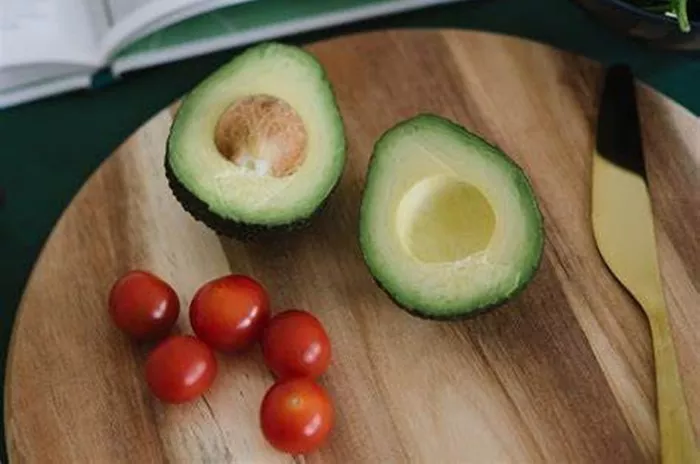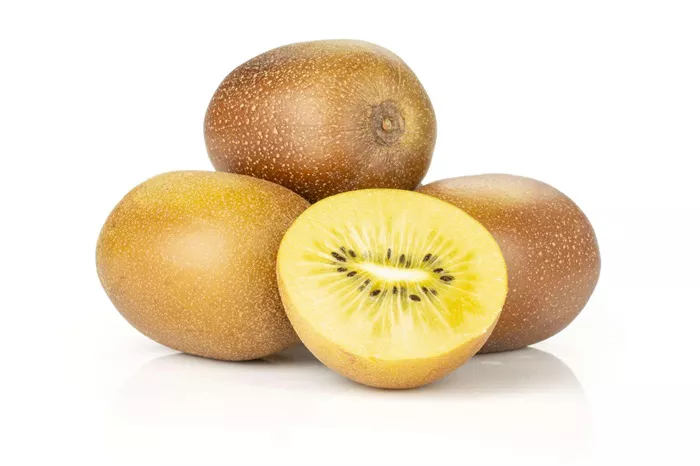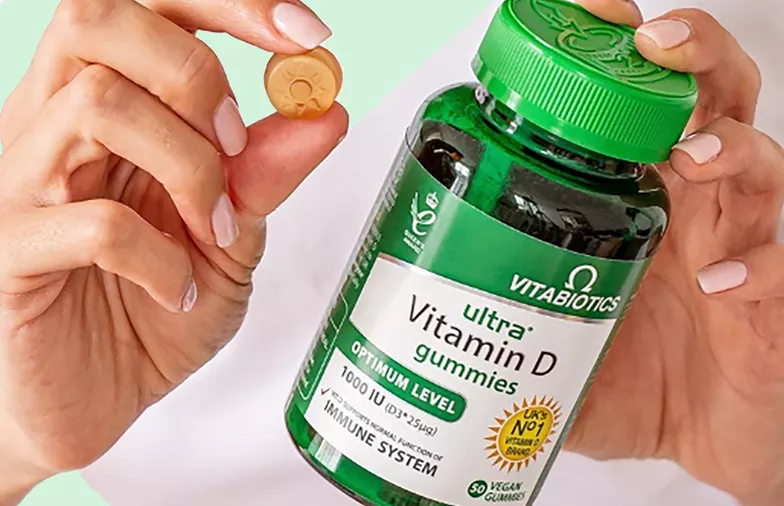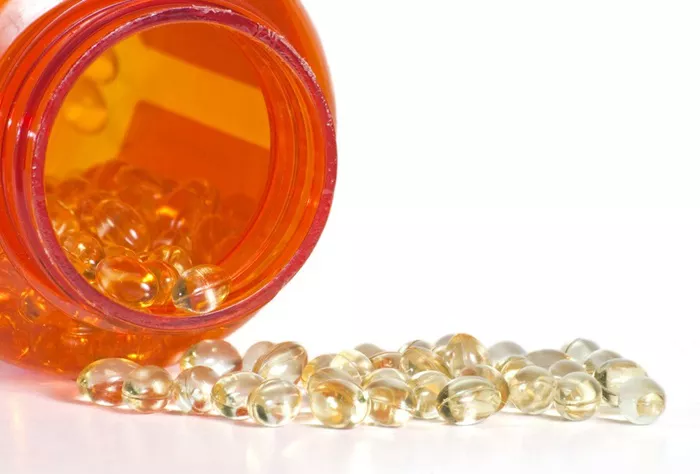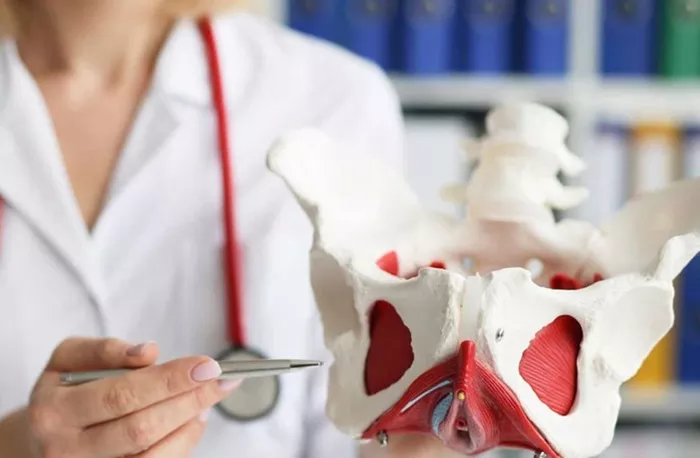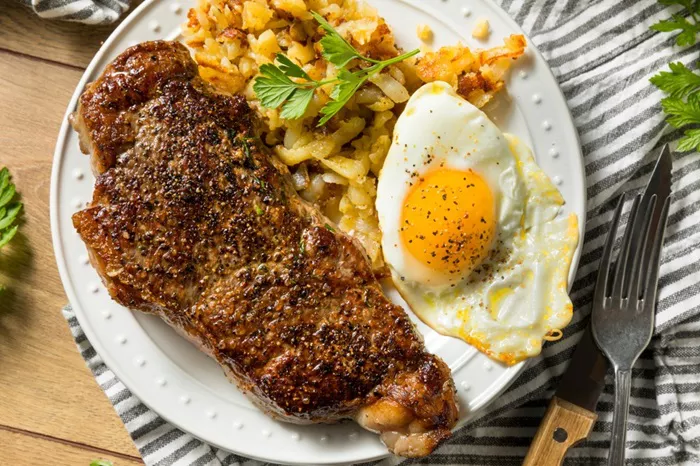Protein is an essential nutrient that plays a crucial role in building and repairing muscle tissue, supporting a healthy immune system, and maintaining overall health and well-being. However, many people struggle to get enough protein in their diet, especially if they follow a vegetarian or vegan diet. In this article, we will explore some of the best ways to get more protein in your diet.
1. Eat More Protein-Rich Foods
The most obvious way to get more protein in your diet is to eat more protein-rich foods. Good sources of protein include meat, poultry, fish, eggs, dairy products, beans, nuts, and seeds. Aim to include a source of protein in every meal and snack to ensure that you are getting enough protein throughout the day.
Some examples of high-protein foods include:
Chicken breast: 31 grams of protein per 3-ounce serving
Greek yogurt: 17 grams of protein per 6-ounce serving
Lentils: 18 grams of protein per 1-cup serving
Tuna: 22 grams of protein per 3-ounce serving
Almonds: 6 grams of protein per 1-ounce serving
By incorporating protein-rich foods into your diet, you can increase your protein intake and support muscle growth and repair. Eating a variety of protein-rich foods can also help to ensure that you are getting all of the essential amino acids that your body needs.
2. Choose Lean Protein Sources
While it is important to include protein in your diet, it is also important to choose lean sources of protein. This means selecting protein sources that are low in saturated fat and calories. Good examples of lean protein sources include skinless chicken breast, fish, tofu, and legumes.
Choosing lean protein sources can help to reduce your risk of heart disease, type 2 diabetes, and other chronic health conditions. It can also help to maintain a healthy weight and improve overall health and well-being.
3. Incorporate Protein Powder
Protein powder is a convenient and easy way to increase your protein intake. It can be added to smoothies, oatmeal, or baked goods to boost the protein content of your meals and snacks. There are many different types of protein powder available, including whey, casein, soy, and pea protein.
When choosing a protein powder, it is important to consider your individual needs and goals. Whey protein is a popular choice for athletes and bodybuilders due to its high bioavailability and ability to stimulate muscle protein synthesis. Soy protein is a good choice for vegetarians and vegans, as it is a complete protein source.
Incorporating protein powder into your diet can help to increase your protein intake and support muscle growth and repair. However, it is important to choose a high-quality protein powder and to avoid consuming too much protein, as this can lead to excess calorie intake and weight gain.
4. Snack on High-Protein Foods
Snacking on high-protein foods can help to increase your protein intake throughout the day. Good examples of high-protein snacks include hard-boiled eggs, Greek yogurt, cottage cheese, and nuts. These snacks are convenient and easy to prepare, making them a great option for busy individuals.
It is important to choose snacks that are high in protein and low in sugar and saturated fat. This can help to maintain a healthy weight and improve overall health and well-being.
5. Add Protein to Your Meals
Adding protein to your meals is an easy way to increase your protein intake. Good examples of protein-rich additions include grilled chicken breast, tofu, beans, and nuts. These additions can be added to salads, stir-fries, and pasta dishes to boost the protein content of your meals.
It is important to consider the portion size and calorie content of your protein additions. Adding too much protein to your meals can lead to excess calorie intake and weight gain.
6. Plan Your Meals Ahead of Time
Planning your meals ahead of time can help to ensure that you are getting enough protein throughout the day. This can also help to reduce the temptation to reach for unhealthy snacks or meals when you are short on time.
When planning your meals, aim to include a source of protein in every meal and snack. This can help to maintain a steady supply of amino acids and support muscle growth and repair.
7. Try New Protein-Rich Recipes
Trying new protein-rich recipes can help to make getting enough protein in your diet more enjoyable. There are many delicious and healthy recipes that are high in protein, such as grilled salmon, lentil soup, and quinoa salad.
Experimenting with new recipes can also help to ensure that you are getting a variety of nutrients in your diet. This can help to support overall health and well-being.
8. Consider Protein Bars and Shakes
Protein bars and shakes can be a convenient and easy way to increase your protein intake. They are portable and can be consumed on-the-go, making them a great option for busy individuals.
When choosing a protein bar or shake, it is important to consider the ingredients and nutrition information. Some protein bars and shakes are high in sugar and calories, which can negate the benefits of the protein content.
Conclusion
In conclusion, getting more protein in your diet is essential for building and repairing muscle tissue, supporting a healthy immune system, and maintaining overall health and well-being. Eating more protein-rich foods, choosing lean protein sources, incorporating protein powder, snacking on high-protein foods, adding protein to your meals, planning your meals ahead of time, trying new protein-rich recipes, and considering protein bars and shakes are all effective ways to increase your protein intake.
It is important to consult with a healthcare professional or registered dietitian to determine the best protein intake for your individual needs and goals. By incorporating these strategies into your daily routine, you can increase your protein intake and support optimal health and well-being.
[inline_related_posts title=”You Might Be Interested In” title_align=”left” style=”list” number=”6″ align=”none” ids=”4279,4261,4211″ by=”categories” orderby=”rand” order=”DESC” hide_thumb=”no” thumb_right=”no” views=”no” date=”yes” grid_columns=”2″ post_type=”” tax=””]




